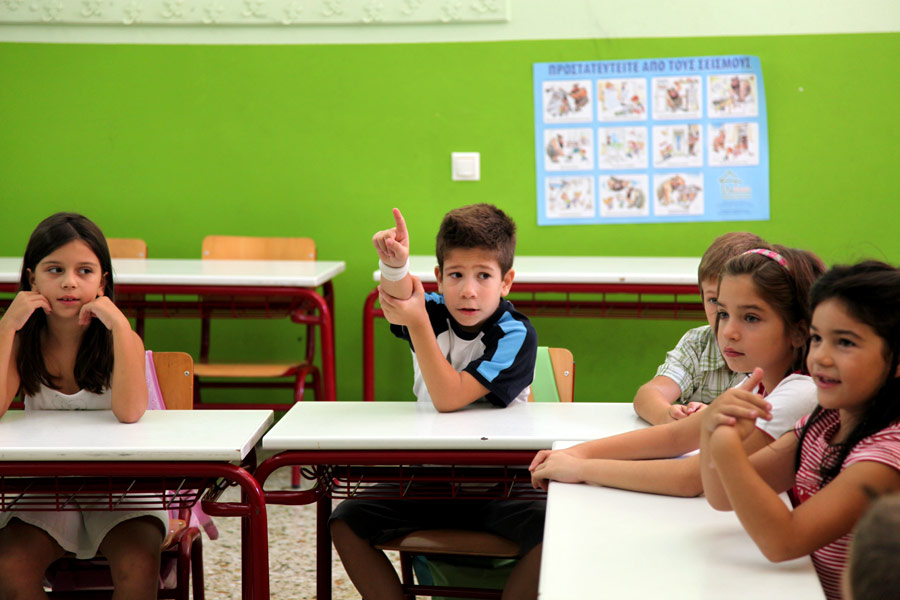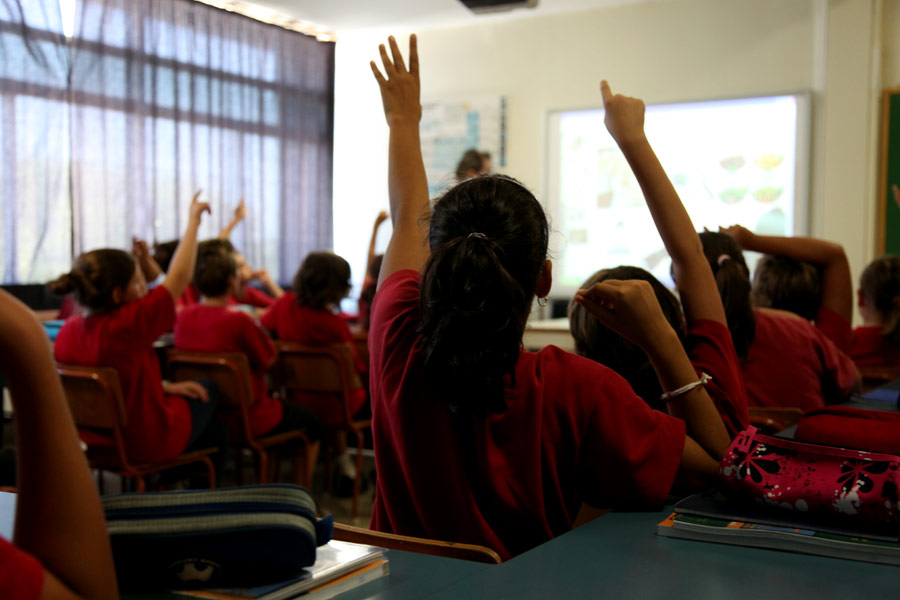05/10
Education pays back
It is well known that education pays back significantly when it comes to mitigating earthquake risk. We’ve been told on numerous occasions that ‘earthquakes don’t kill, panic does’. It is not an exaggeration to say that many lives can be saved if people know the correct procedures to follow.
The Tearfund Study recently suggested that ‘every $1 spent in disaster risk reduction saves $7 in relief operations’, and whilst this includes many other aspects of disaster risk reduction (such as allocation of resource to search & rescue teams, retrofitting buildings and enforcing stricter building codes) there can be no doubt about the benefits of education when it comes to reducing the human impact of earthquakes.
Despite this, attitudes towards education continue to vary significantly across different countries and no where has this been more apparent than driving from Greece into Turkey. Both countries experience a similar number of earthquakes of the same magnitude, yet Turkey suffers many more catastrophic human losses, some of which can be attributed to the differences in education efforts. A mere 20% of the Turkish population know what to do should an earthquake strike, yet an estimated 95% of the population live in an earthquake-prone zone. Although an impressive education push is now underway across 50 of the most earthquake-prone towns, including a touring education bus complete with in-built earthquake simulator that travels around local communities, although interestingly this isn’t funded by the Turkish government but by a private insurance company.
It seems that the key to Greece’s success lies in the fact that earthquake preparedness has made it onto the national curriculum and is now mandatory in all schools, and has been for some time. This ensures that younger generations grow up knowing what to do and they then disseminate the information to their parents and into their local community.
We visited two very different schools near Athens – the charming village primary school of Varnavas in Kapandriti, as well as the sophisticated Arsakeio Tositsio, a private primary and secondary school, to understand more about the vital role schools play in establishing earthquake preparedness amongst younger generations.
In the rural small school of Varnavas, every classroom has two doors, one leading into a corridor and one leading out into the playground so that access to an open space is quick and easy. Kids here start learning the earthquake drill from as young as five and will practice the the drill at the start of each new term. Teachers at the school told us that the goal is to practice until the kids’ response is almost second nature, like a reflex reaction. This, in theory leaves less room for panic. With the very young kids, games, nursery rhymes, cartoons and songs are all used to make learning more fun and the prospect of an earthquake less frightening.
We spoke to some of the teachers too, and learned about the weight of responsibility they feel for looking after other people’s kids during such a time. It was moving to hear that some of them fear they will not be able to be the person they want to be, or need to be when an earthquake actually happens, in charge of so many young lives.
Step into the charming Varnavas primary school and watch the children practicing their earthquake drill at the start of their new school term.
At Arsakeio Tositsio, a school with over 1600 pupils, co-ordination and practice of the drill is essential with so many students. Watch the short film below to see how it’s done and what the teachers have to say.
We’d like to extend special thanks to the remarkable teachers and children at both the Varnavas and Arsakeio Tositsio schools for taking time out of their busy schedule to help with this project.


 Share
Share
